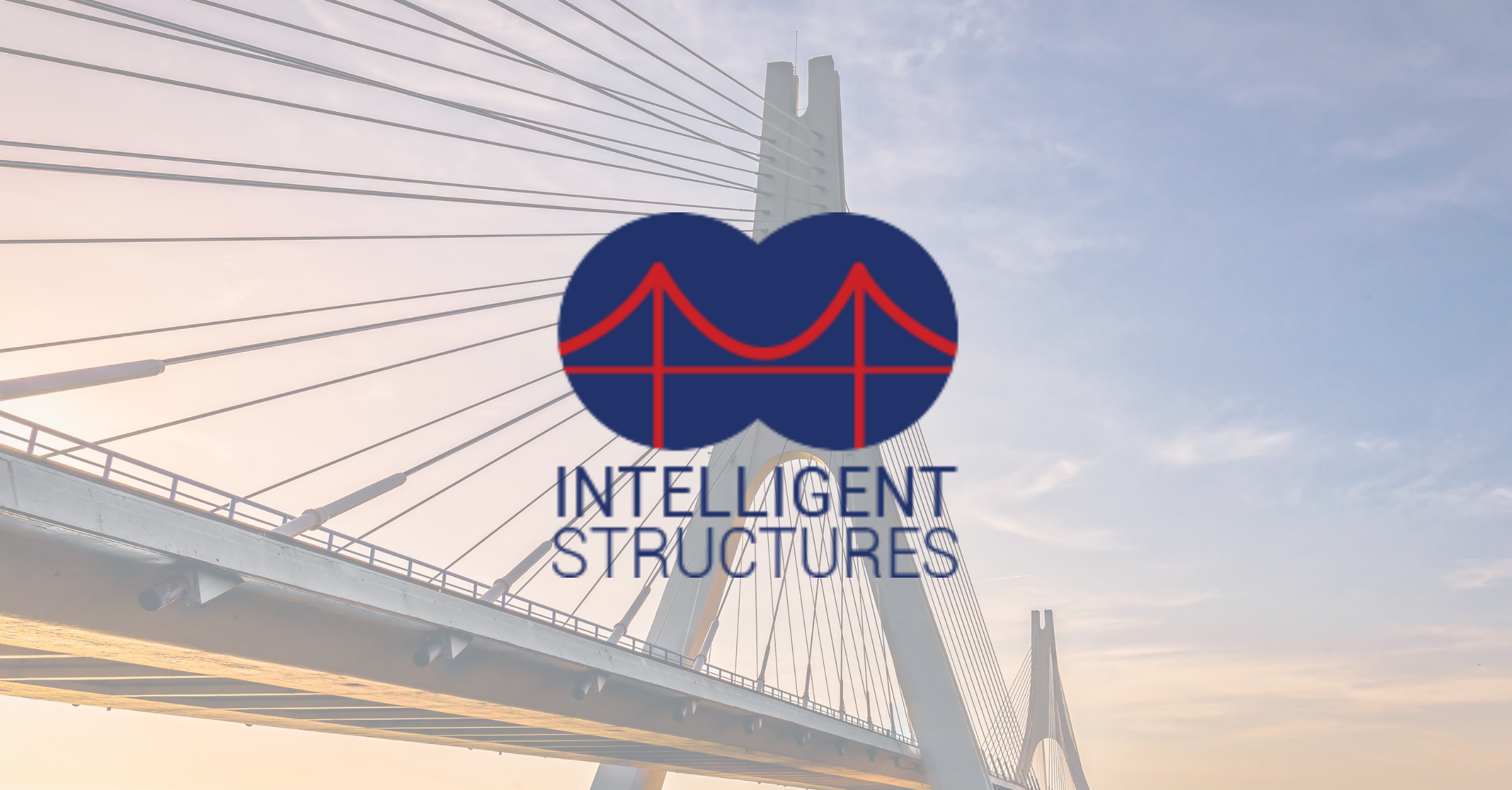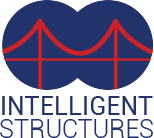;)
Please note that Menlo Technologies is a Quisitive company.

In this case study:
Client: Intelligent Structures
Industry: Software & Technology
Products and Services: Infrastructure, Data & Analytics
Country: USA

The Challenge
Intelligent Structures provides an innovative end-to-end enterprise solution for bridge performance management and are committed to supporting infrastructure executives with the real-time information and analytics they need for fact-based decision-making for productive bridge asset management. Intelligent Structures Inc. wanted to leverage sensor device data to monitor various kinds of indicators such as cracks, temperature, icing, scouring, wind speed and load on bridges across the U.S. and Canada. The company was looking for a solution that could be extended to multiple locations and geographies to monitor the bridges.
Intelligent Structures sensor devices are placed on bridges that continuously monitor the environmental conditions and the bridge parameters and transmit the data to a centralized repository. An application helps provide dashboards to show the health of the bridges by checking live and recorded data.
The Solution
Menlo Technologies, a Quisitive company, implemented a Microsoft Azure-based architecture to capture the device data synchronously which provided the dashboards required to analyze the data. Azure’s architecture showed a visual representation of:
- The Volume of Data: Multiple sensors send a tremendous amount of data for each bridge. Each sensor is expected to have at least 30 sensors and to send data points every second or less than a second.
- The Performance for data retrieval and archival.
- Multiple sensors sending data in parallel.
- Data loss.
- Data Security.
The Results
The architecture addressed all of the client’s requirements with Microsoft Azure by using the IOT Hub and Azure SQL stack.
The Windows Service:
- Read the encrypted data from data streams, pushing the processed data to IOT hub.
- Decrypted the data in a secure and safe manner.
- The IOT Hub sent data to Azure SQL and PowerBI. Microsoft Stream Analytics was used to pull data from the IOT Hub and push to Azure SQL. The host of the Windows service is a virtual machine that will eventually be deployed on Azure web app services.
- The sensor devices continuously send the data into Azure. Windows Services synchronously reads this data in parallel and pushes it to the IOT Hub. The IOT Hub guarantees that there was no data loss and scaled to accommodate any number of sensor device data in parallel.
Benefits of the Azure Solution
- Can easily scale horizontally for any volume of data
- Good performance for data retrieval and archival as IOT Hub provides a way to configure devices so that the applications can write to each device in IOT Hub in parallel
- Easy for development as IOT Hub integration is through an easy interface
- Provides advanced security at each data collection points.
- Can build add on services such as Machine Learning and Artificial Intelligence for enhanced predictive analytics
- Systematically allows for Intelligent Structures and their end clients to determine if a specific section of a bridge may need repairs rather than an entire bridge replacement. Moreover, the data may also determine that a bridge can have a longer life than originally thought based on traditional manual data collection and analysis.



